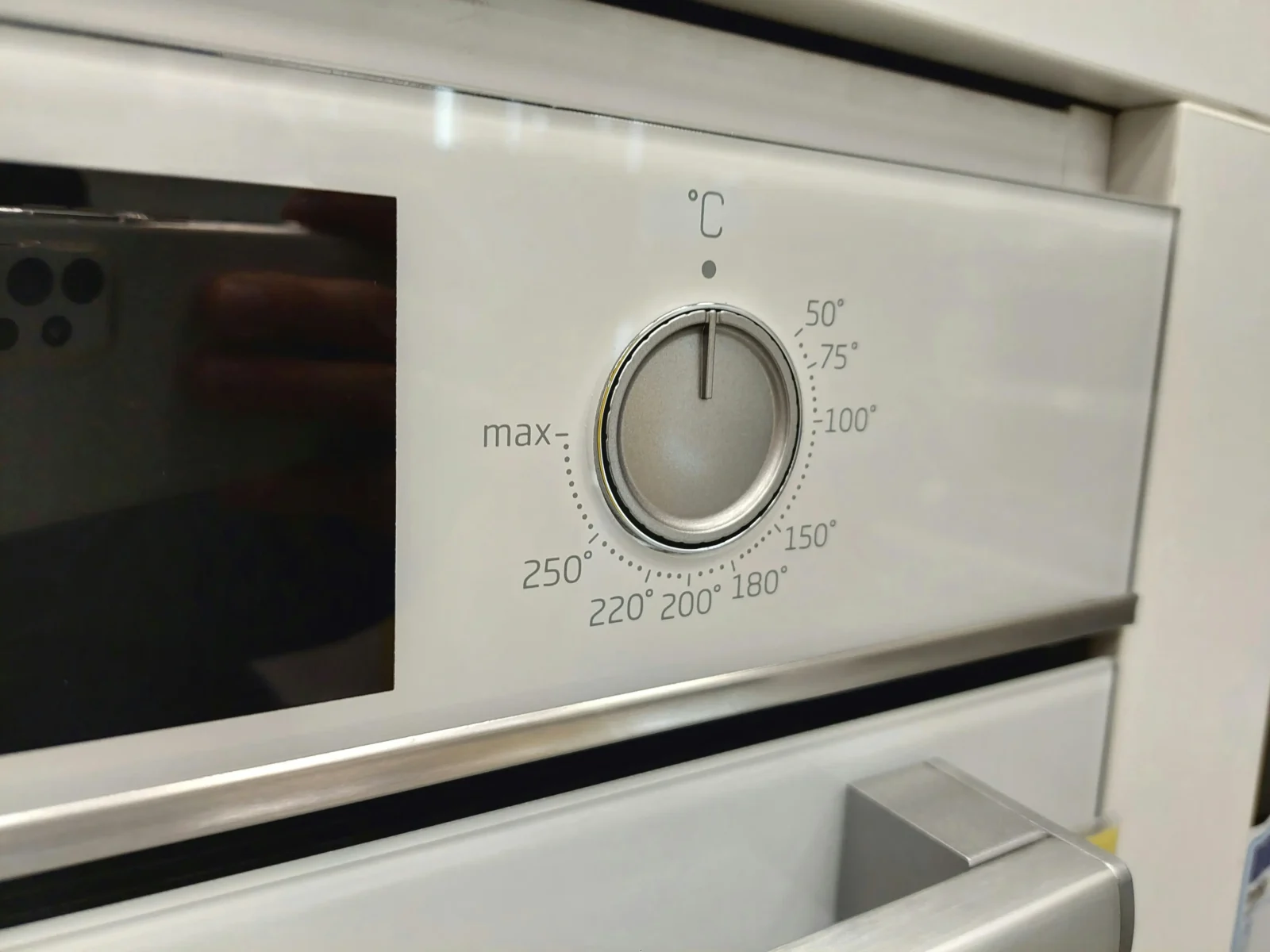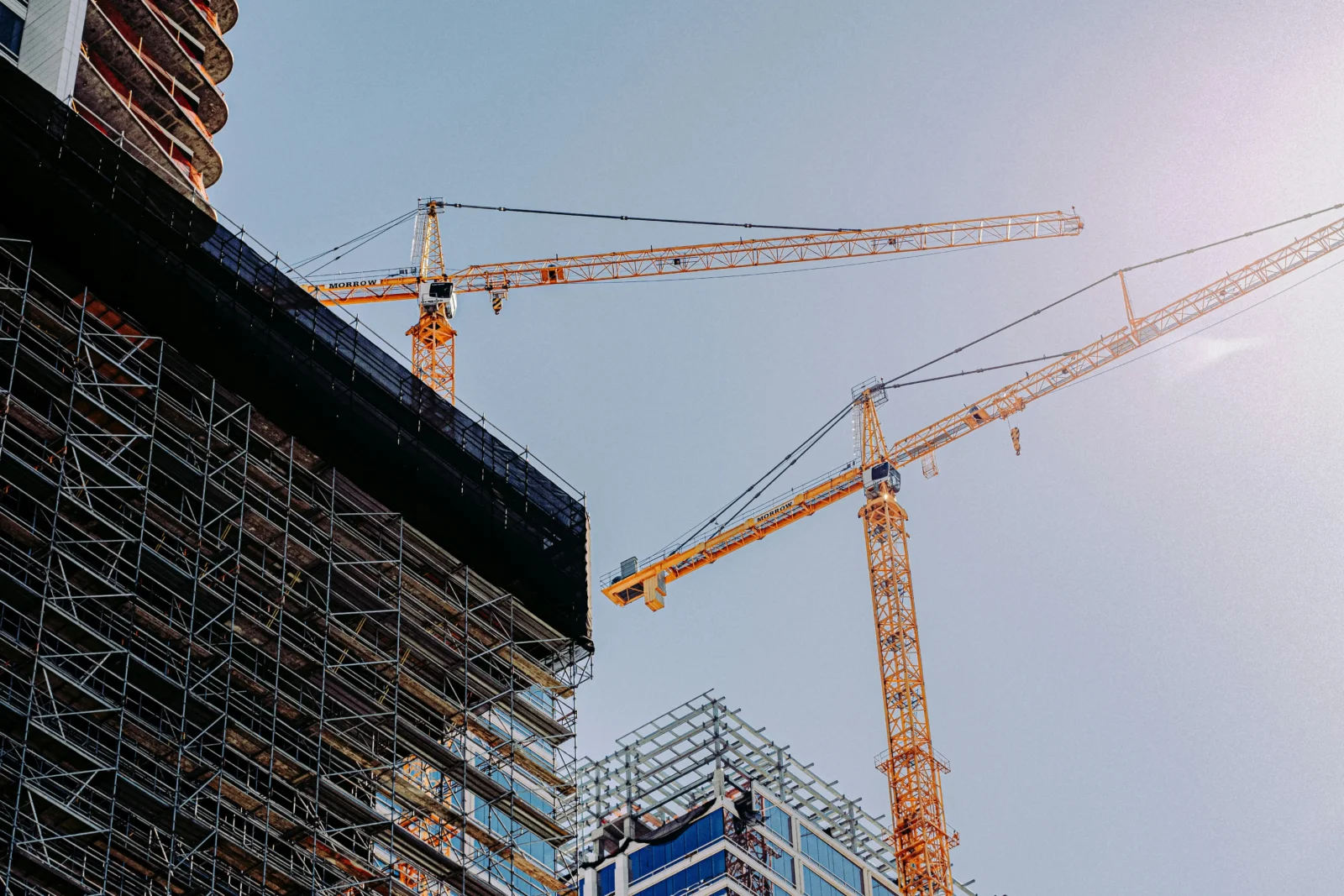- Home
- Articles
- Architectural Portfolio
- Architectral Presentation
- Inspirational Stories
- Architecture News
- Visualization
- BIM Industry
- Facade Design
- Parametric Design
- Career
- Landscape Architecture
- Construction
- Artificial Intelligence
- Sketching
- Design Softwares
- Diagrams
- Writing
- Architectural Tips
- Sustainability
- Courses
- Concept
- Technology
- History & Heritage
- Future of Architecture
- Guides & How-To
- Art & Culture
- Projects
- Interior Design
- Competitions
- Jobs
- Store
- Tools
- More
- Home
- Articles
- Architectural Portfolio
- Architectral Presentation
- Inspirational Stories
- Architecture News
- Visualization
- BIM Industry
- Facade Design
- Parametric Design
- Career
- Landscape Architecture
- Construction
- Artificial Intelligence
- Sketching
- Design Softwares
- Diagrams
- Writing
- Architectural Tips
- Sustainability
- Courses
- Concept
- Technology
- History & Heritage
- Future of Architecture
- Guides & How-To
- Art & Culture
- Projects
- Interior Design
- Competitions
- Jobs
- Store
- Tools
- More
A Look at How Circuit Boards Are Manufactured for Harsh Environments

Electronics are no longer confined to clean, temperature-controlled environments. From aerospace systems and oil rigs to military gear and deep-sea equipment, circuit boards must often operate under extreme conditions. These harsh environments can include high temperatures, corrosive chemicals, moisture, and intense vibration, factors that would destroy standard electronic components. To survive and perform reliably, specialized circuit boards must be designed and manufactured with durability in mind. This blog post explores how circuit boards are engineered specifically for such punishing settings, focusing on the materials, designs, protective measures, and testing protocols that make them resilient in the face of adversity.
Table of Contents
ToggleUnderstanding the Demands of Harsh Environments
Harsh environments present a wide array of challenges that standard electronics simply aren’t built to handle. These include exposure to extreme temperatures, high humidity, corrosive substances, constant mechanical vibration, and even rapid pressure changes. Each of these factors can degrade materials, weaken solder joints, or short-circuit components over time. That’s why understanding the environmental demands is a crucial first step in developing reliable electronics. In the middle of this consideration is the role of printed circuit board assembly (PCBA), which must be designed with reinforced materials, robust connections, and specialized coatings to endure such stressors. Without these adaptations, electronic performance would quickly deteriorate under these demanding conditions.

Material Selection for Enhanced Durability
Material choice is one of the most critical factors in the design of circuit boards for harsh environments. Standard FR-4 substrates used in everyday PCBs often fall short under extreme conditions. Instead, manufacturers turn to advanced materials like polyimide, PTFE (Teflon), or high-temperature laminates that offer superior thermal and mechanical stability. Copper, used for conductive traces, may receive specialized plating such as nickel or gold to resist oxidation and corrosion. Even the solder mask, a protective layer that shields the copper traces, must be selected carefully, often opting for high-temperature, chemical-resistant formulations. The dielectric materials between layers are chosen for their ability to maintain electrical properties across a wide temperature and humidity range.
Design Techniques to Withstand Mechanical Stress
Durability is about materials, and it’s deeply tied to design. For environments with high vibration or shock, the board layout must account for stress distribution and mechanical resilience. Rounded trace corners, redundant routing paths, and wider traces can reduce the risk of breaks or stress fractures. Mounting holes are often reinforced, and component placement is optimized to minimize stress concentrations. In multi-layer boards, via structures are reinforced or made using filled and capped techniques to avoid microfractures. Flex or rigid-flex PCBs may be employed where motion or space constraints exist, offering a combination of flexibility and robustness that rigid boards alone can’t provide.
Protective Coatings and Encapsulation Methods
Once the PCB is fabricated and populated with components, it must be protected from environmental exposure. Conformal coatings are commonly applied to form a thin, uniform barrier over the entire board. These coatings resist moisture, dust, chemicals, and temperature extremes, effectively insulating the circuitry from its surroundings. In even more demanding situations, potting or encapsulation is used. This involves enclosing the entire PCB in a protective material like epoxy or silicone gel, providing a hermetic seal against contaminants and enhancing mechanical support. Each protective method must be chosen based on the specific environment, as some coatings perform better under heat while others excel in chemical resistance.

Rigorous Testing and Quality Assurance Protocols
Manufacturing for harsh environments continues through stringent testing and validation procedures. These circuit boards must undergo more than just electrical functionality tests. They’re often subjected to thermal cycling, salt fog testing, vibration analysis, and humidity exposure to simulate real-world conditions. IPC Class 3 standards, which define the highest level of performance requirements for PCBs, are typically the benchmark. Advanced non-destructive testing methods like X-ray inspection and automated optical inspection (AOI) help identify internal defects that could compromise reliability. Manufacturers may perform burn-in testing, where boards are operated under elevated temperatures for extended periods to detect early failures.
Applications and Industries Relying on Rugged PCBs
Ruggedized circuit boards are important in a range of critical industries. The aerospace sector depends on them for avionics systems that must function flawlessly at high altitudes and fluctuating temperatures. The automotive industry uses them in engine control units and sensor modules exposed to vibrations and heat. Oil and gas companies rely on durable PCBs for downhole tools that face extreme pressure and corrosive fluids. Military applications demand boards that can endure battlefield conditions, from desert heat to arctic cold. Even consumer products like rugged smartphones and outdoor GPS units benefit from these specialized manufacturing practices. Failure is not an option, making the meticulous design and construction of these circuit boards crucial.
Building circuit boards for harsh environments is a complex process that requires a marriage of smart engineering, specialized materials, and rigorous testing. It’s about ensuring they continue to perform reliably when failure could mean disaster. As the boundaries of human exploration and industrial reach continue to expand, the role of these rugged PCBs will only become more vital. Understanding how they’re manufactured offers a glimpse into the incredible precision and resilience that modern electronics are capable of achieving.
Submit your architectural projects
Follow these steps for submission your project. Submission FormLatest Posts
Dependable Service for Everyday Appliance Problems
When a washer stalls mid-cycle or a fridge warms up, you need...
8 Essential Web-Based Mapping Tools for Modeling Sea Level Rise and Flood Impacts
As climate change accelerates, flood risk and sea level rise have become...
How Sydney’s Architecture Responds to Climate, Light, and Lifestyle
Sydney’s architecture has never been driven by form alone. It evolves through...
Shipping Containers as Functional Infrastructure on Construction Sites
Construction sites are temporary by definition, yet the systems that support them...












Leave a comment